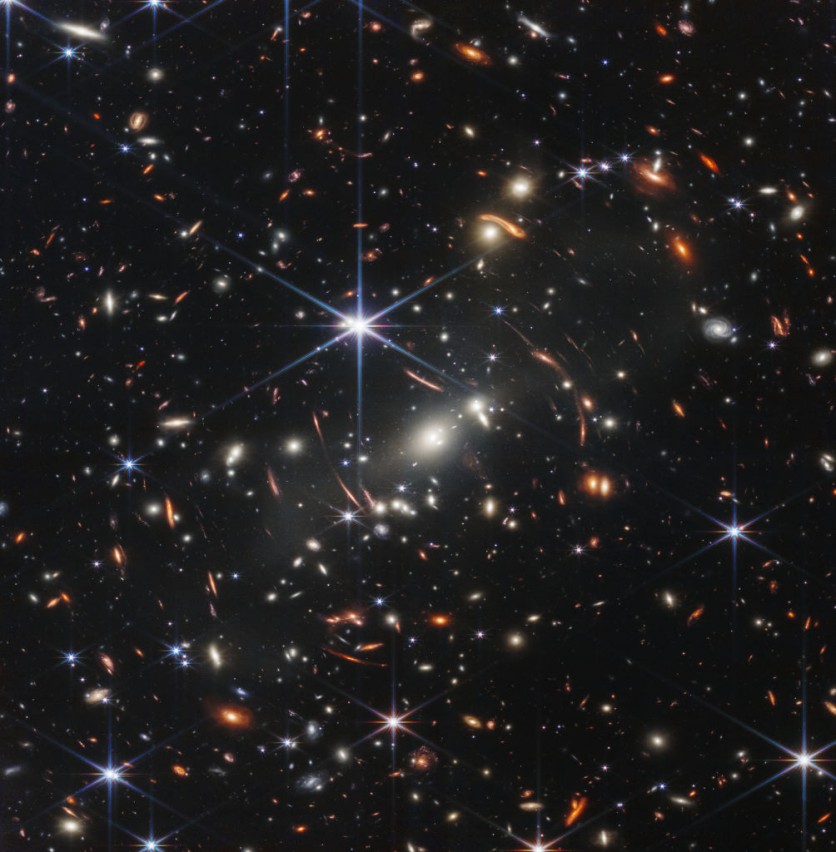NASA's James Webb Space Telescope's powerful infrared eyes has revealed two of the most distant galaxies ever observed at nearly 33 billion light years away.

"Very Distant Galaxies"
Astronomers from Penn State harnessed the power of Webb to explore galaxies concealed behind Pandora's Cluster, situated a staggering 3.5 billion light-years away.
This discovery includes the second- and fourth-most distant galaxies ever identified, offering crucial insights into the formation of the earliest galaxies and the conditions prevailing in the early universe.
Bingjie Wang, a postdoctoral scholar at Penn State and a member of the JWST UNCOVER team, which conducted the research, emphasized the significance of studying such ancient galaxies: "Very little is known about the early universe, and the only way to learn about that time and to test our theories of early galaxy formation and growth is with these very distant galaxies."
The galaxies discovered exhibit distinctive characteristics, unlike other galaxies observed at similar distances. Rather than appearing as red dots, these galaxies are larger in size, with one resembling a peanut and the other a fluffy ball. This variance in size raises questions about the formation and evolution of these early galaxies.
The light detected by Webb originated from these galaxies when the universe was approximately 330 million years old. Although the light traveled for about 13.4 billion light-years to reach the telescope, due to the expansion of the universe, these galaxies are presently estimated to be closer to 33 billion light years away from our planet Earth.
Confirming the Big Bang Theory?
In a surprising revelation, the two galaxies are notably larger than their counterparts observed at extreme distances before. One of them spans at least 2,000 light years across, challenging assumptions about the size of early galaxies in the compressed conditions of the early universe.
The research team used sophisticated models to deduce the properties of these ancient galaxies when they emitted the light detected by the James Webb Space Telescope.
The findings align with their expectations, indicating that these galaxies were young, had minimal metal content, and were actively forming stars at a rapid pace.
Leja emphasizes the role of these galaxies in the context of the Big Bang theory: "The first elements were forged in the cores of early stars through the process of fusion. It makes sense that these early galaxies don't have heavy elements like metals because they were some of the first factories to build those heavy elements.
"And, of course, they would have to be young and star-forming to be the first galaxies, but confirming these properties is an important basic test of our models and helps confirm the whole paradigm of the Big Bang theory."
The findings of the team were published in the journal Astrophysical Journal Letters.
Related Article : New Computer Simulation Sheds Light on Early Galaxy Formation Aligned With NASA James Webb's Observations

ⓒ 2025 TECHTIMES.com All rights reserved. Do not reproduce without permission.


![Best Gaming Mouse For Gamers With Smaller Hands [2025]](https://d.techtimes.com/en/full/461466/best-gaming-mouse-gamers-smaller-hands-2025.png?w=184&h=103&f=6fd057ef777bd39251d4e7e82e9b23f1)

